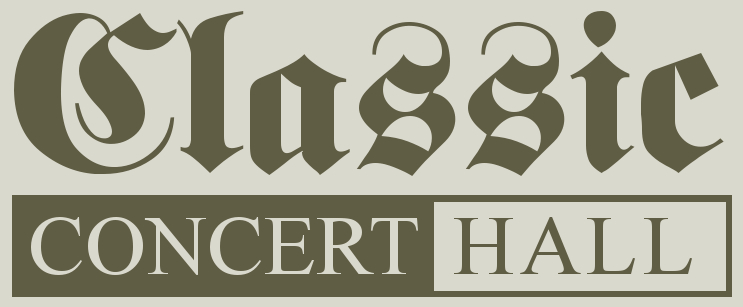Login

Praeludium & Fuga in a-Moll (BWV 543)
Watch Comments (12)Comment on this musicLogin/Register to post a comment. |
Latest ThreadDisappearing recordings?
|

Watch Comments (12)Comment on this musicLogin/Register to post a comment. |
Latest ThreadDisappearing recordings?
|